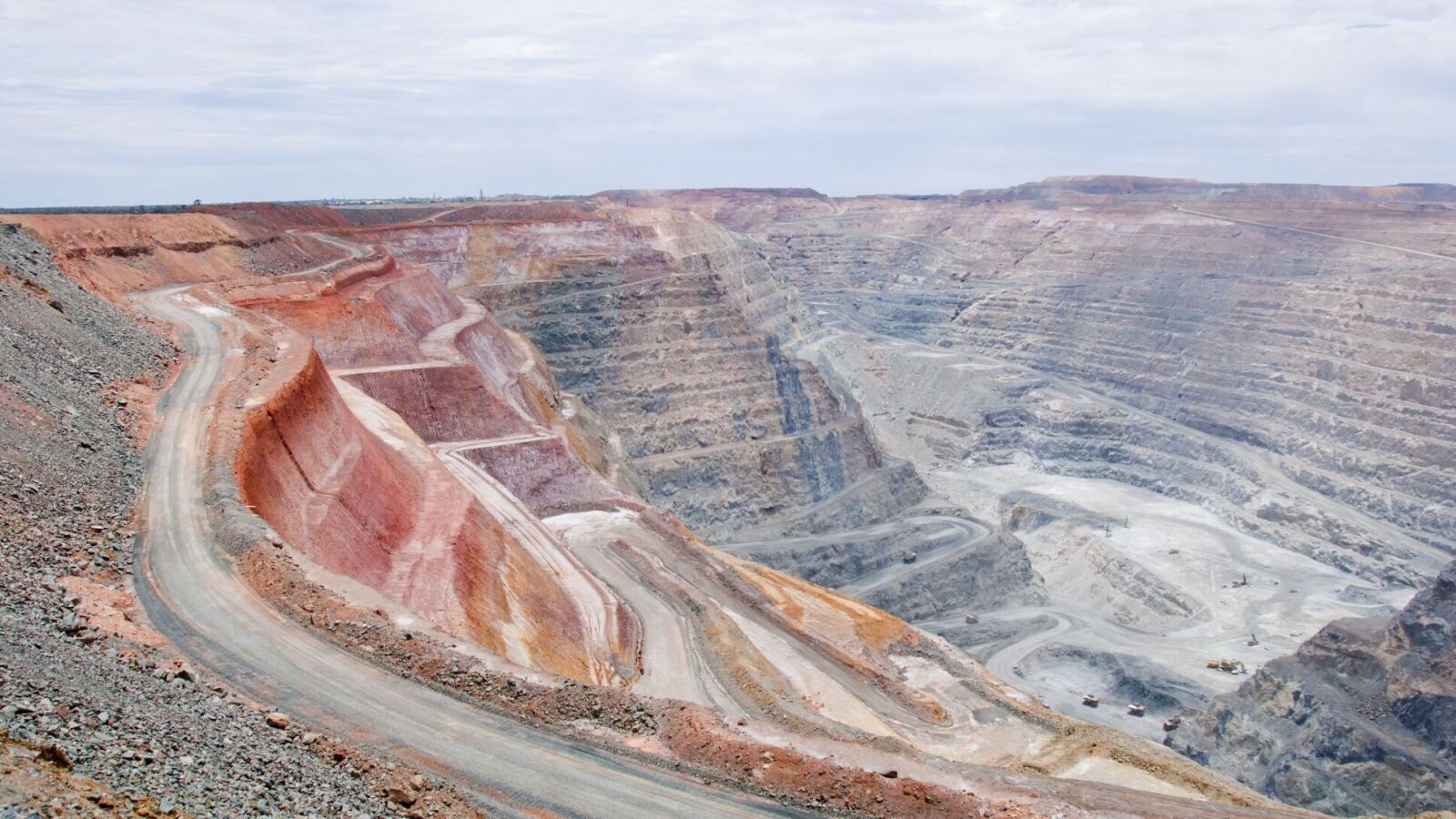
Western Australia to close major coal mines
Journey out of fossil fuels marks a precedent for nation, though its timeline could pose significant transition risks.
The government of Western Australia (WA) is shutting its major coal-fired power stations, as the state moves out of fossil fuels and initiates a A$3.8bn renewables spending package, marking the end of a near 180-year coal presence in the region.
The Muja and Collie power stations will close by 2030, according to a media statement issued by the Government of Western Australia, as the state rushes to bypass the impacts of costly energy bills on consumers and taxpayers, precipitated by an uptake of wind and solar power.
Coal was discovered in Western Australia in 1846 when the mineral was found by the Murray River.
Its production has remained largely in the area of Collie, which has, for decades, fuelled local power plants charging WA’s grid.
Using coal-fired power to bridge supply gaps from rooftop solar energy is currently resulting in excessive costs.
“The reality is, our current electricity system is becoming increasingly unsustainable due to the uptake of rooftop solar and growing demand for renewable options for generation,” said WA premier, Mark McGowan.
“Maintaining the status quo would see average yearly household power bills increase by over A$1,200 within eight years. Alternatively, taxpayers would have to spend billions subsidising the system, taking funding away from key government projects and services.”
Perth and WA’s largest energy provider – Synergy – has said it will assess the viability of pumped hydrogen projects for one aspect of the stacite’s storage needs, as well as the use of hydrogen to power existing gas assets.
The WA government is providing a A$547.4m package to secure new industrial projects and create jobs in Collie.
Renewable energy investments
Australia has been suffering under the weight of some major issues with its power, including malfunctions and supply issues triggered by the prioritisation of investment in renewable energy.
The reality is our current electricity system is becoming increasingly unsustainable due to the uptake of rooftop solar and growing demand for renewable options for generation.
In June, the Australian Energy Market Operator suspended the country’s spot electricity market, following its issuance of reserve level alerts.
While supplanting fossil fuels for renewables in Collie could serve as a precedent for the rest of the nation, its 2030 timeline could pose significant transition risks to investors and stakeholders, namely the onboarding of energy capacity to make up losses, and shocks to labour markets.
The government published a Collie Just Transition plan back in December 2020, which highlighted a series of grants, initiatives,
and projects designed to strengthen the transformation of the local economy.
At that time, over half its transition budget (A$47m) had been allocated across the Collie Industry Attraction and Development Fund and Collie Futures Fund.
The government has said the transition to renewables and storage would be carried out in a “sensible, orderly, and consultative manner” to ensure industry and communities are supported.
The government continues to cap electricity prices in line with inflation.




